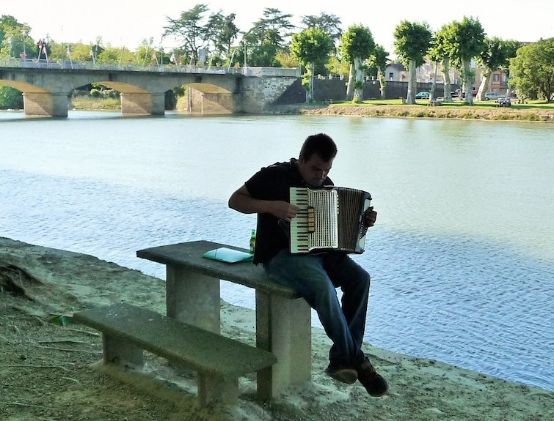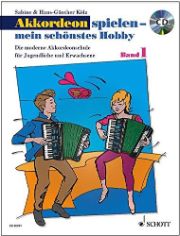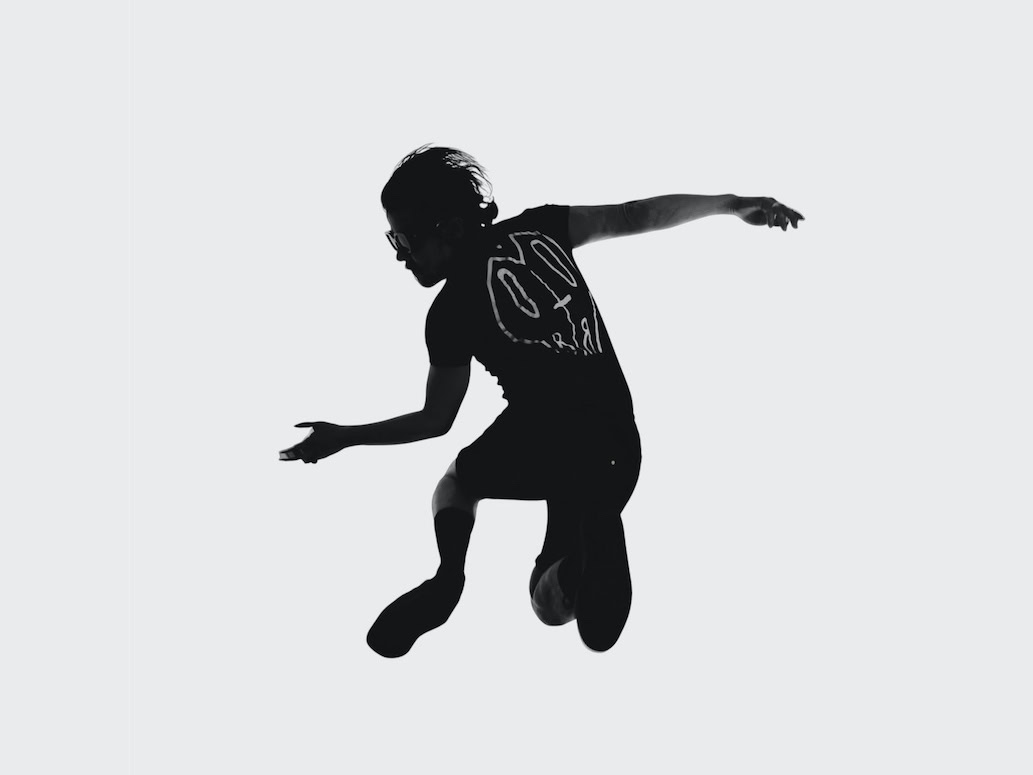Hobby? Playing the accordion!
A broad-based and optimally structured school for young people and adults.

The course by Sabine and Hans-Günther Kölz relates to the standard bass accordion with piano keyboard. It is clearly divided into different levels, each of which deals with a specific topic. What is also striking are the specially designated areas: "Beatbox" for rhythm training, "Freetime" for improvisational suggestions, "Finger fitness" for technical exercises and "Music knowledge" for theory.
The first volume (there are two) is very "weighty" with over 100 pages. The staves are large, which I don't think is absolutely necessary in a textbook for this customer segment. I find it valuable that Level 1 tells us something about the history of the accordion. However, this is followed by a series of explanations on holding the accordion, playing style (handling), storage and care, notation and note values, time, time signatures and upbeat, rhythm, articulation, dynamics ... So we have a kind of reference book here. Most of the music theory aspects are superfluous at this point, as they are explained again in the exercises, pieces and songs that follow. The range of literature is very diverse, and even the simplest pieces sound very interesting thanks to the appealing accompaniment and partner parts. Notes on composers, musical forms, but also new themes are each presented very strikingly in a colored box. I find the notated counting instructions and the bellows markings superfluous. Counting does not ensure that the basic beat (pulse) or rhythm is felt. The importance of a good bellows division is undisputed, as is the fact that you need to know the corresponding signs. However, the sizes of accordions differ immensely, especially for young people and adults, and the air consumption of the instruments varies greatly, so that an exact division of the bellows paths in the course does not prove effective.
The enclosed CD contains all the pieces and the corresponding exercises. To my ears, the recordings sound clear, but too monotonous and synthetic (inclusion of electronic instruments). The textbook leaves enough room for your own compositions and provides interesting tips on improvisations, practice variations, transpositions, etc. The progressive structure in terms of range and rhythmic material is perfectly successful.
Sabine and Hans-Günther Kölz, Accordion playing - my most beautiful hobby. The modern accordion school for young people and adults, Volume 1, ED 20951, with CD, € 22.99, Schott, Mainz 2013









